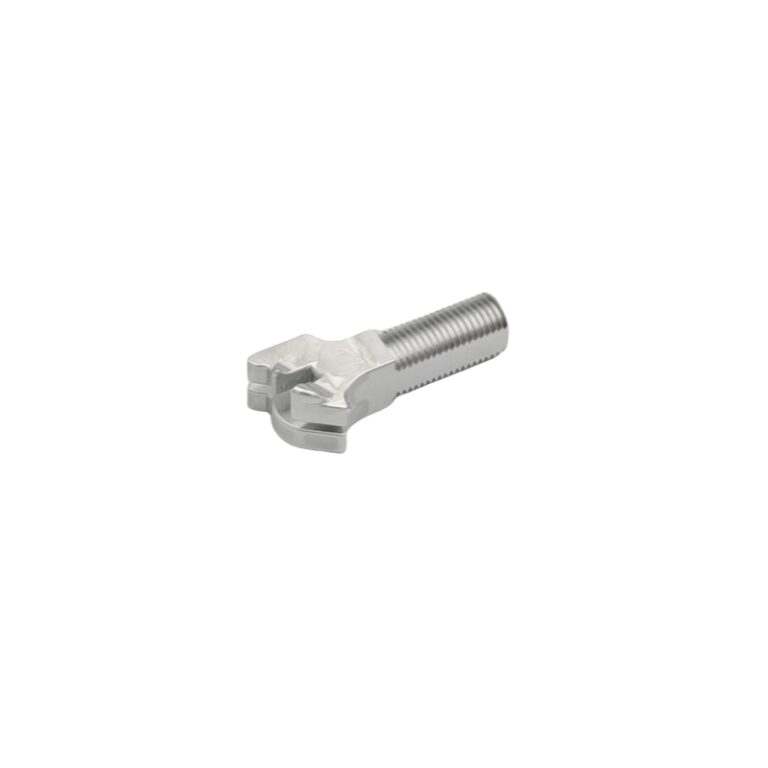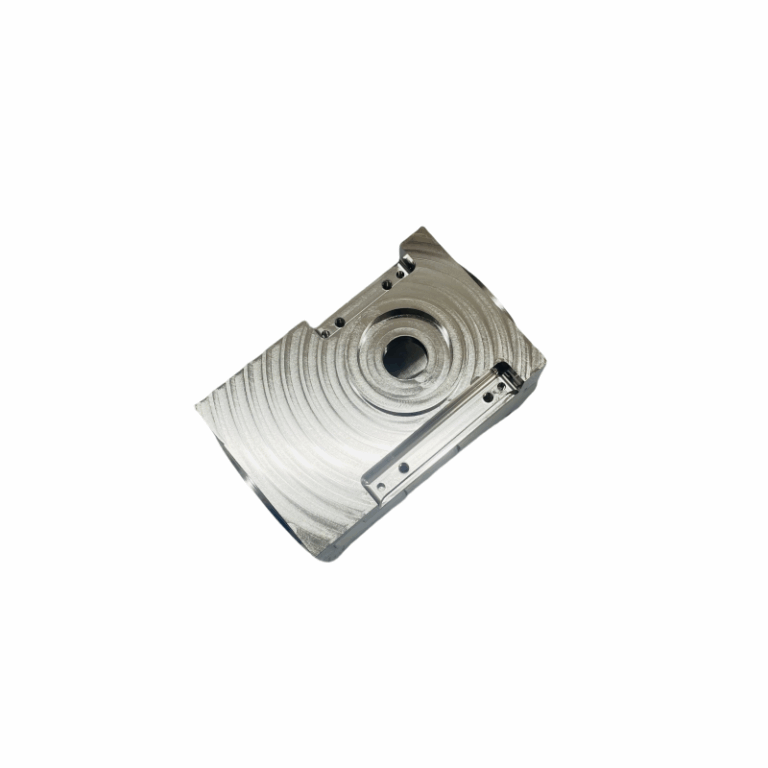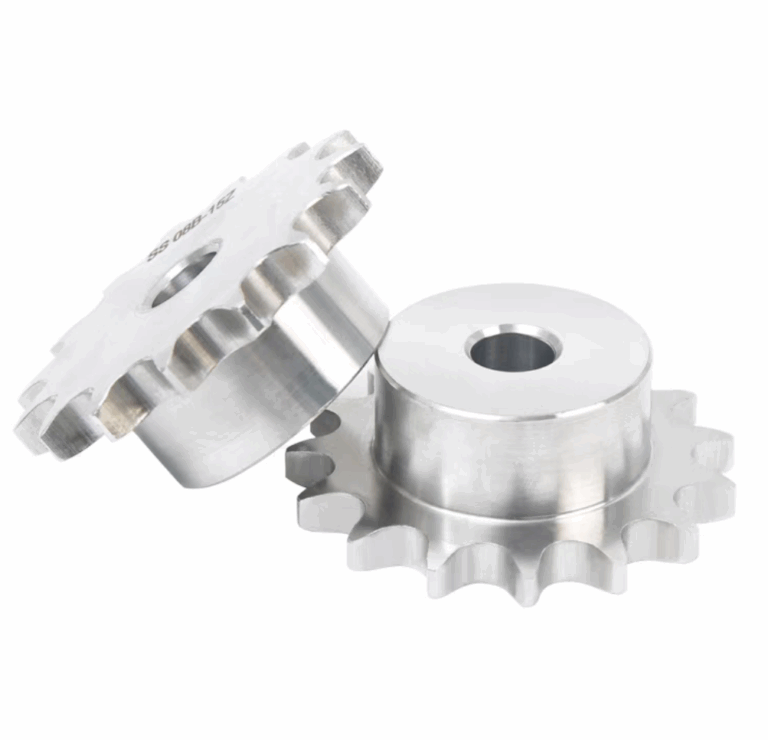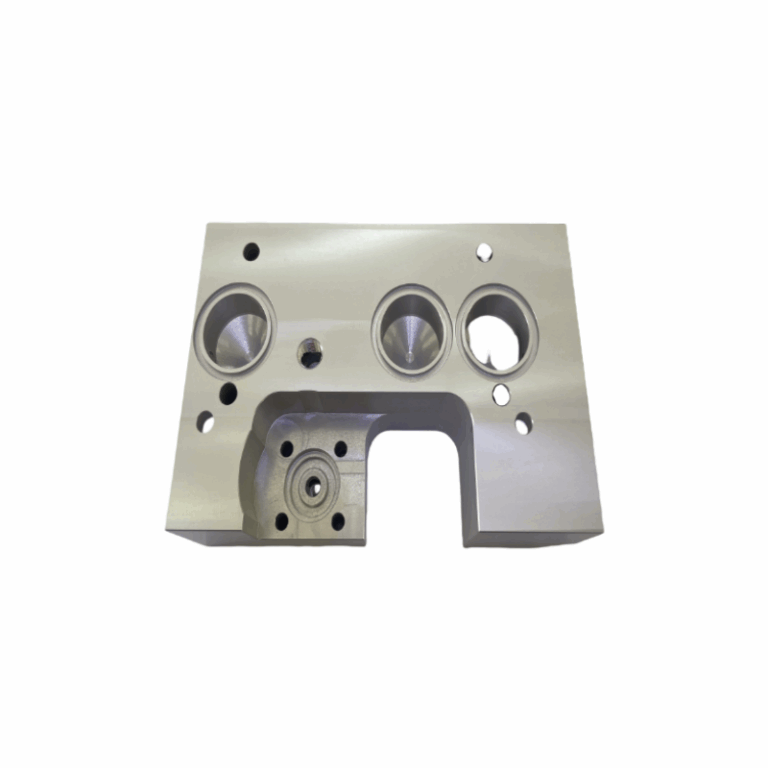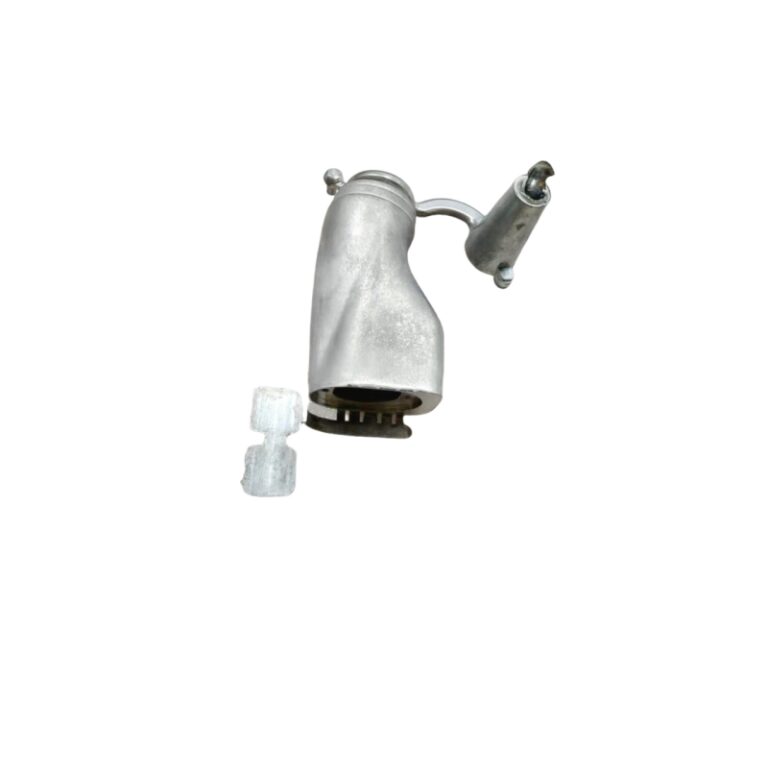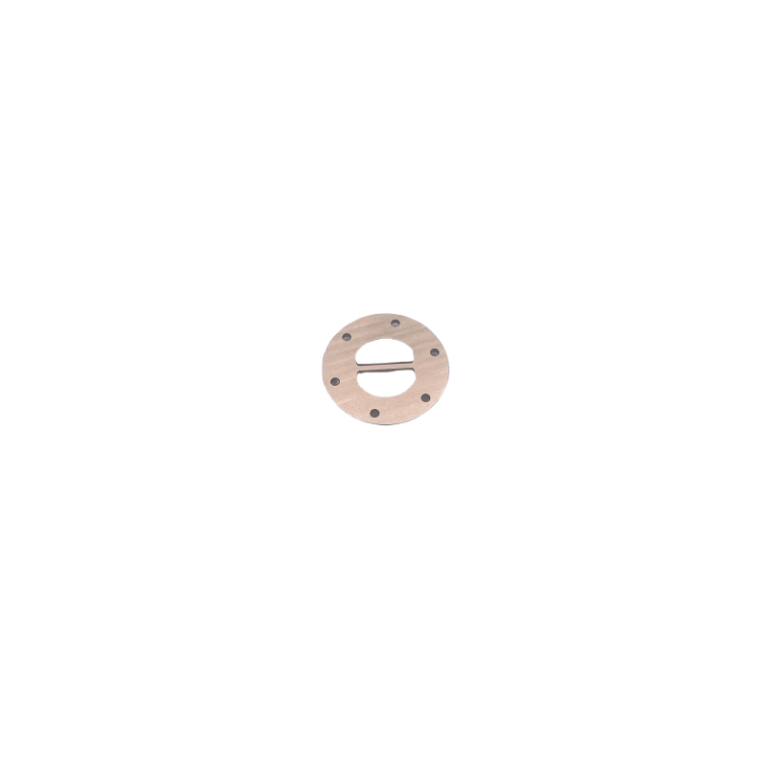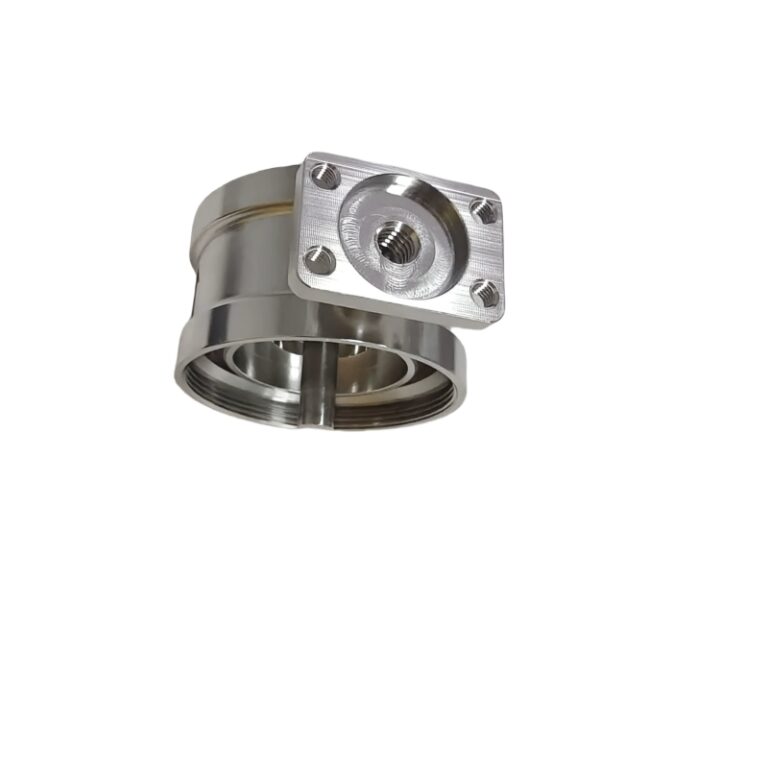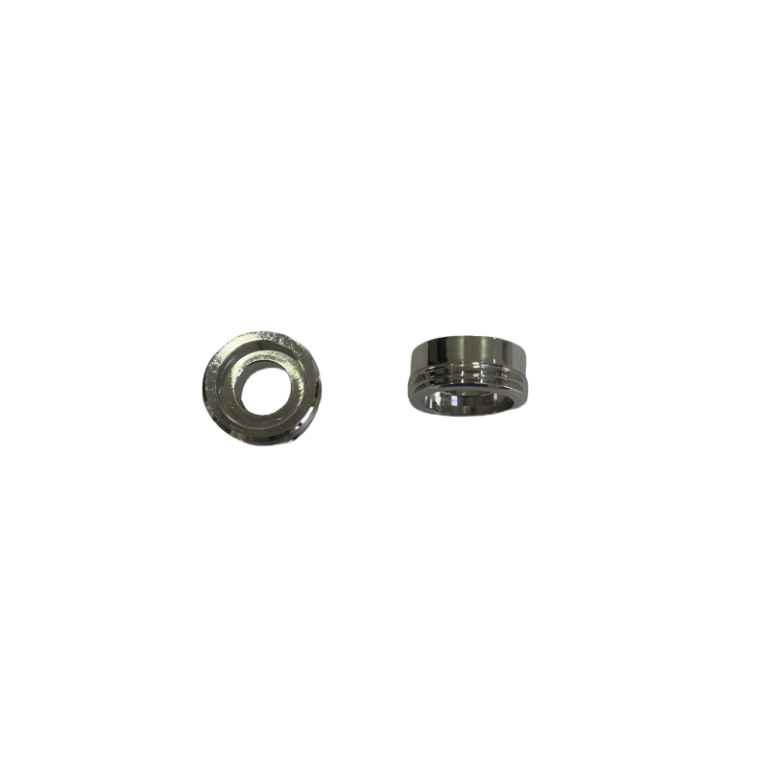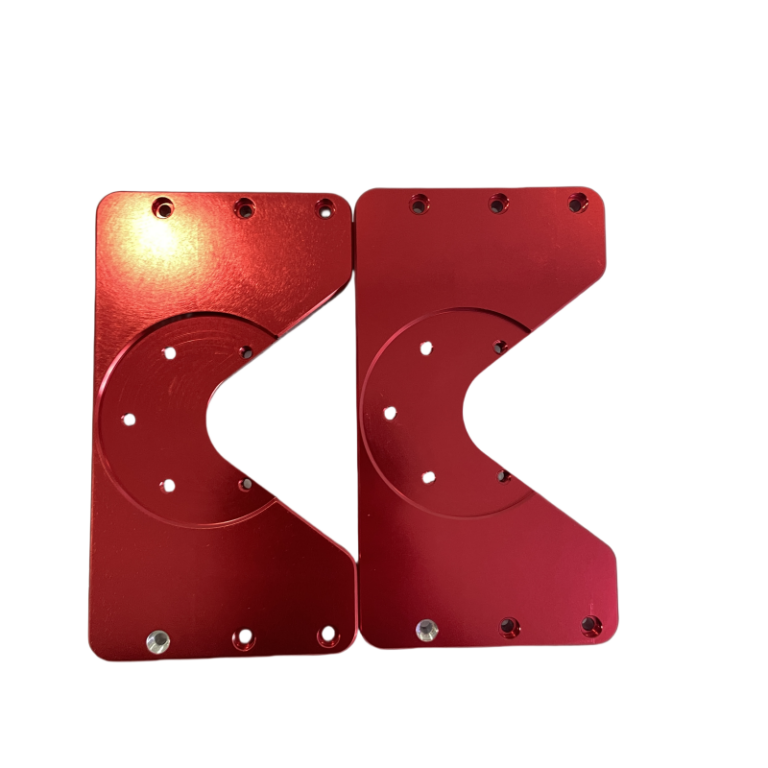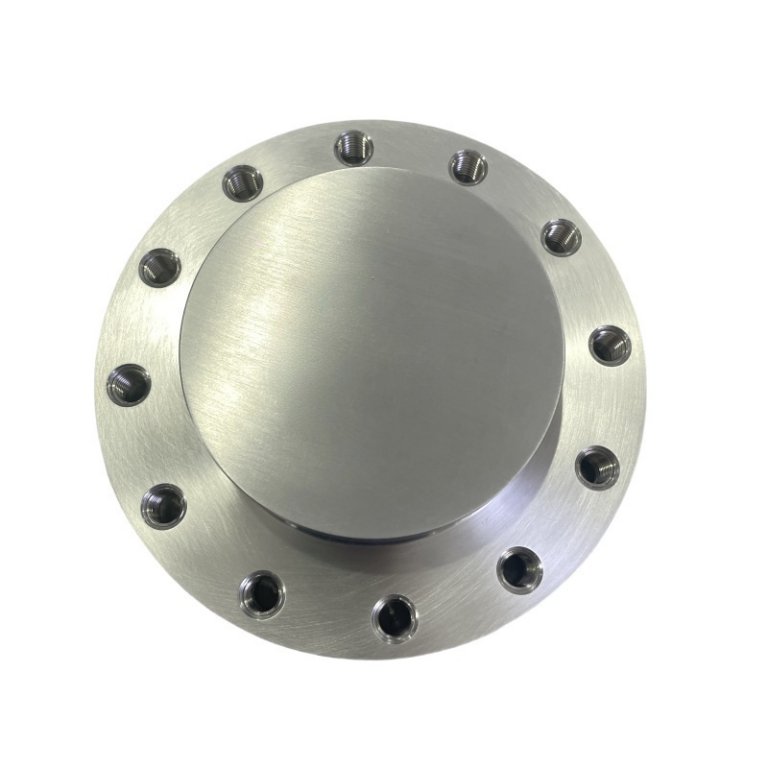Aluminum has become a reference material for many parts manufacturing industries due to its excellent mechanical properties, numerous alloys, low cost, and availability. Nevertheless, it is surface-treated by anodizing to increase hardness, corrosion resistance, and sometimes aesthetics.
The aluminum anodizing process is a well-known industrial surface treatment process because it can produce beautiful and durable products. However, if you don’t have good chemistry knowledge, the process can be difficult. Therefore, this article will guide you through what anodized aluminum is, the best grades of aluminum for anodization, and the steps, advantages, disadvantages, applications, and precautions for anodized aluminum.
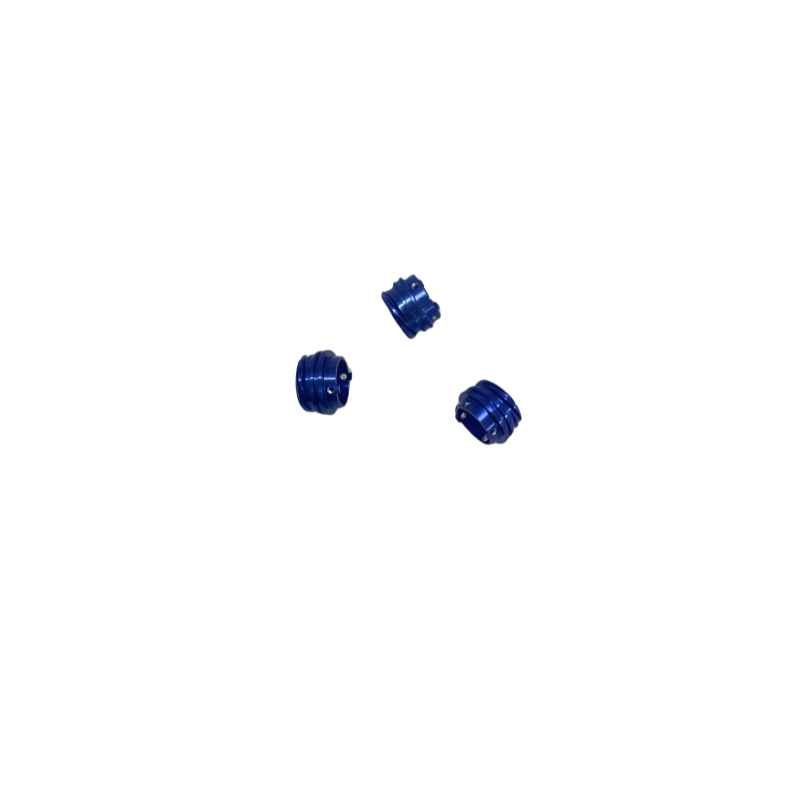
What is anodized aluminum?
Anodized aluminum oxide refers to a layer of dense alumina plating on the surface of aluminum and aluminum alloys. To prevent further oxidation, its chemical properties are the same as that of aluminum oxide. However, unlike ordinary oxide films, anodized aluminum can be dyed with electrolytic coloring.
What are the most suitable aluminum grades for anodizing?
Choosing a grade of aluminum suitable for anodizing treatment is critical to achieving the desired characteristics and performance. Different aluminum alloys react differently to the anodizing process, which affects the quality and characteristics of the resulting alumina layer. Here are some of the best grades of aluminum alloys for anodizing:
6063 Aluminum: This alloy is well known for its excellent surface finish and corrosion resistance, making it ideal for anodizing. Because of its good formability and aesthetics after anodization, it is widely used in architectural applications.
5005 Aluminum: The composition of 5005 Aluminum is similar to that of 6063, with excellent corrosion resistance, and is often used for decorative anodizing. It is a popular choice for building facades and signage because durability and appearance are important.
6061 Aluminum: This is a multifunctional alloy that is both strength and corrosion-resistant. While its anodization process may not be as smooth as the 6063 or 5005, it is widely used and can be seen in many structural applications where mechanical properties are critical.
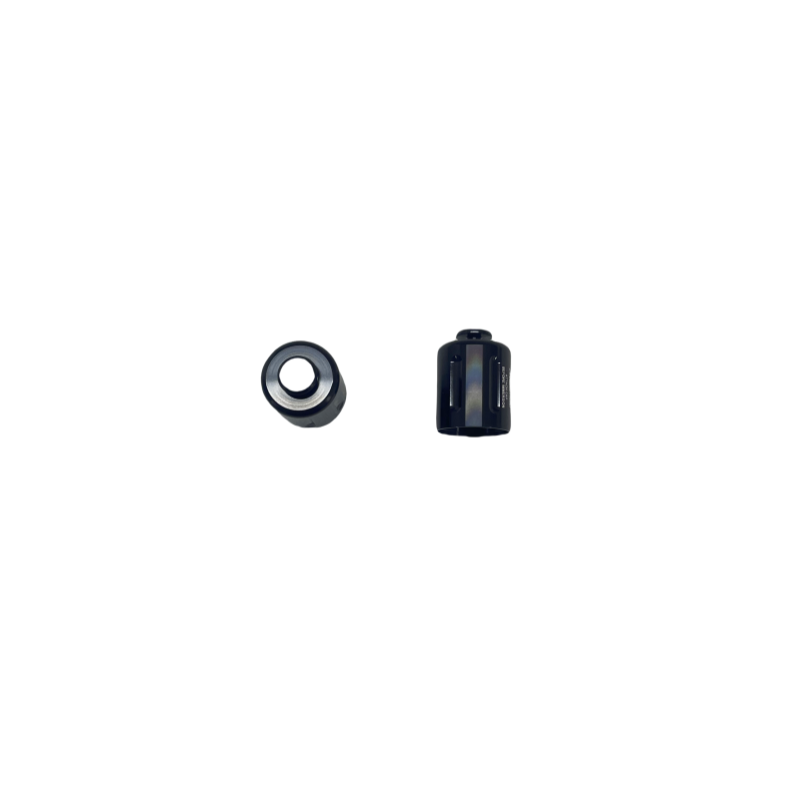
Steps for anodized aluminum
1) Pre-processing
Pretreatment mainly includes cleaning and chemical treatment of the workpiece’s surface. Grease, oil stains, and other impurities may cause defects or color differences in the surface of anodized finished products, so the surface must be thoroughly cleaned.
2) Anodized
The aluminum alloy is placed in the electrolyte solution and an electric current is applied to form an oxide film on its surface. The selection of electrolyte solutions has an important impact on the quality and performance of the final oxide film. Common electrolyte solutions include sulfuric acid, chromic acid, and oxalic acid.
3) Coloring
After the acid electrolyte anodization treatment, the workpiece’s surface layer will form an oxide layer with a porous structure. This porous structure can adsorb other materials like a sponge and thereby change the state of the workpiece surface. Since the oxide layer itself is colorless, the surface of the workpiece will appear in different colors after adsorbing dyes or dyes.
4) Sealing
Sealing is the last step in the anodizing process, and its function is to close the pores of the oxide layer from the outside to ensure that the workpiece surface is in a more stable state. After sealing, the anodized workpiece has corrosion resistance and resistance.
Advantages of anodized aluminum:
- Enhanced wear resistance
The anodic oxide film has high hardness, can effectively resist friction and wear, and protects the substrate from damage. In occasions where frequent contact or friction is required, such as door and window handles, mechanical equipment shells, etc., the aluminum after anodization treatment performs excellently, reducing surface damage and aesthetics caused by wear, and extending the service life of the product.
- Enhanced corrosion resistance
The core of the anodizing treatment is to form a dense alumina film on the surface of the aluminum material. This film has extremely high chemical stability and corrosion resistance, and can effectively resist the corrosion of air, water, salt spray, and a variety of chemical substances. Compared with untreated aluminum, the service life of anodized aluminum products has a significantly longer duration in harsh environments, reducing maintenance costs and replacement frequency due to corrosion.
- Good insulation performance
The alumina film produced by anodizing is an excellent electrical insulator with a resistivity much higher than that of the aluminum itself. This characteristic makes the aluminum after anodization treatment widely used in the field of electronic and electrical appliances, such as the insulating layer of electronic components and the substrate of circuit boards, which effectively prevents current leakage and short circuit phenomena and ensures the occurrence of electronic products. Safety and stability.
- Excellent decorative effect
During the anodization process, by controlling the composition, temperature, voltage, and time of the electrolyte, a variety of color effects can be obtained on the surface of the aluminum material, including but not limited to black, gold, silver, blue, red, etc., and even achieve customization of gradient colors or pattern textures. This diverse appearance not only satisfies the pursuit of aesthetics by modern design but also adds unique artistic value to the product and enhances market competitiveness.
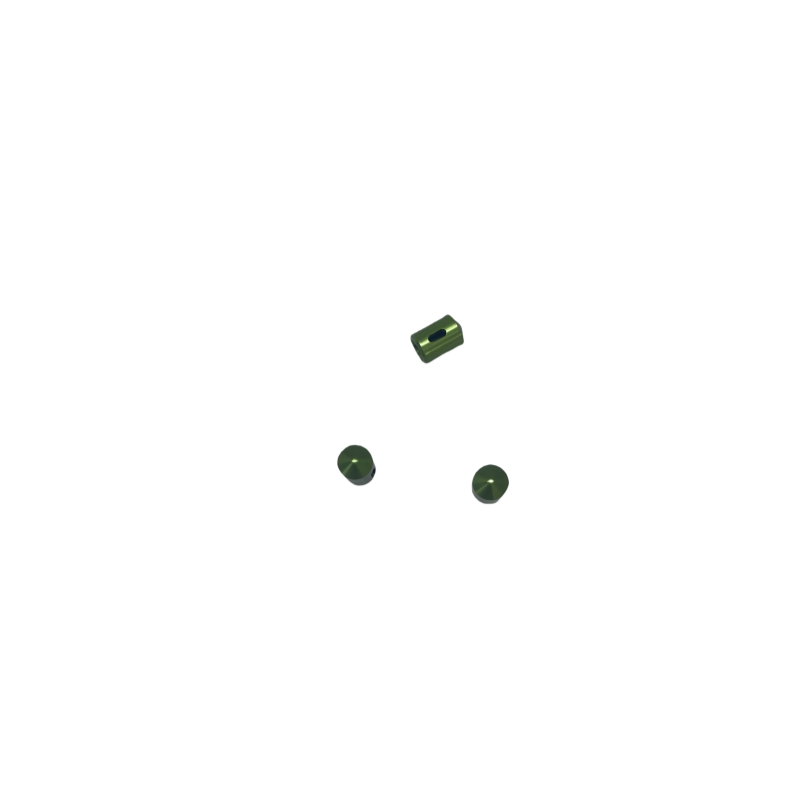
Disadvantages of anodized aluminum
- High brittleness and insufficient toughness: aluminum anodizing forms a very hard film layer. Therefore, aluminum anodized itself has the disadvantages of insufficient toughness and high fragility. If drilling or bending is performed after aluminum anodizing treatment, it may cause the film to rupture or the aluminum anodizing layer to peel off from the cracks. Therefore, it is best to complete the processing of other features before the aluminum anodization treatment.
- Low heat resistance: Since the anodized aluminum layer is very brittle, its disadvantage is that it cannot withstand the deformation expansion, and contraction of the base material. Especially since the aluminum substrate is a material that is prone to thermal expansion, the anodized aluminum layer may experience cracks and peeling in environments with temperatures exceeding 100°C.
Application of anodized aluminum
Anodized aluminum is widely used in various industries due to its enhanced properties such as corrosion resistance and aesthetics:
Aerospace: Anodized aluminum is used in aircraft components due to its lightweight and corrosion resistance, and is ideal for structural and decorative applications.
Automotive: Provides durable surface treatment for automotive parts, improving performance and appearance.
Ship: Protect ships and ship parts from seawater corrosion and extend the service life of ship equipment.
Medical devices: Used in surgical instruments and equipment to provide hygienic and corrosion-resistant surfaces.
Consumer Electronics: Provides a beautiful appearance for electronic devices such as smartphones and laptops, both durability and fashion.
Sports products: Enhance the wear resistance of bicycles, fitness equipment, and other equipment, to make it more durable.
Precautions for anodized aluminum
- Profile selection, hard aluminum rod
Before processing aluminum alloy profiles, the raw materials should be made of aluminum rods with hard aluminum alloy profiles. In addition, the mounting and hanging fixtures used during production processing must maintain smooth and smooth conductivity.
- Clean the fixture before oxidation
Before anodizing the aluminum alloy profile, clean the previously used fixtures. Remove residual oxide film from the surface of the fixture to ensure good contact performance with the aluminum rod during use.
- During the production process, the conductive area
In the production process of anodized aluminum alloy profiles, the conductive contact area of the fixture should be ensured and the marks of the fixture should be as few as possible.
- Oxidation solution, temperature range
The temperature range of the sulfuric acid anodized solution used for anodized aluminum is 15~25°C.
- Refrigeration device, compressed air stirring
The production and processing of anodized aluminum should be equipped with a refrigeration device and a compressed air stirring treatment method.
- Different sizes, handled separately
For aluminum alloy profiles of different materials, pure aluminum, aluminum, and aluminum alloy profiles of different specifications and sizes, should be treated separately and cannot be processed in the same oxidation tank.
- Small specifications, special treatment
For small-size overlap-rived aluminum alloy components, sulfuric acid anodization treatment is generally not used.
Conclusion
Aluminum anodization is a mature surface treatment process because it guarantees the durability and aesthetics of the finished product. You can anodize aluminum parts with the right materials and tools such as sinks, chemicals, and stable electricity. However, for high-quality anodizing effects, consider using an aluminum anodizing service provider.
With DMTC, you can get a quality-focused anodization process, short lead times, and quick quotes, and are extremely competitive. Are you looking for low-cost and high-quality aluminum anodizing products? Contact Us! More information: https://www.dmtcmanufacturing.com
FAQ
Q1. Is anodized aluminum better?
Yes, anodized aluminum has better mechanical properties than matrix aluminum. It is more durable, harder, more corrosion resistant, and offers more color options for a better aesthetic.
Q2. What different colors can be obtained by anodizing?
Anodizing treatments come in different anodizing colors such as black, bronze, gold, blue, green, red, and transparent. These colors are obtained by the anodizing process, which also increases the aesthetics and strength of the aluminum parts.
Q3. What will damage anodized aluminum?
Using highly abrasive materials (materials with higher hardness) or corrosive chemicals may damage anodized parts.

